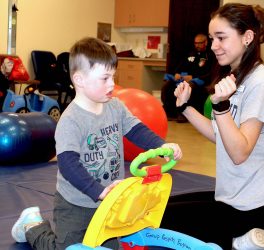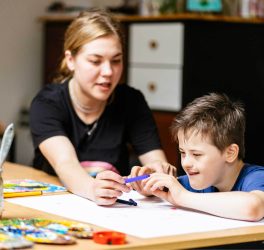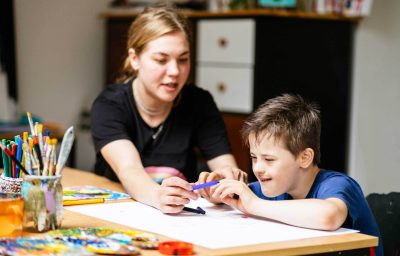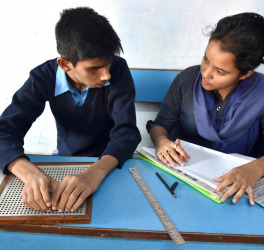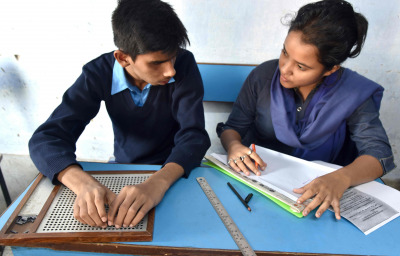
As per a study published today in JAMA Network Open, identity-based bullying causes poor mental and physical health.
According to the study, youth with multiple marginalized identities based on race, gender and sexual orientation often experience and perpetrate identity-based bullying. Of those with multiple stigmatized identities, gender-diverse Black and Hispanic youth experienced the highest rates of bullying, and these experiences were linked to worse physical and mental health and violence outcomes, including neglected medical care, suicidal thoughts and sexual assault.
“The health impact of identity-based bullying on young people is profound,” said senior author Alison Culyba, M.D., Ph.D., M.P.H., assistant professor of pediatrics, public health, and clinical and translational science at Pitt, and the Division of Adolescent and Young Adult Medicine at UPMC Children’s Hospital of Pittsburgh.
The researchers analyzed survey data from approximately 4,000 Pittsburgh Public Schoolsstudents in grades 9 through 12 who completed anonymous school-based questionnaires. More than a third of participants self-identified as Black and 9% as Hispanic. Nearly a third of the students surveyed reported belonging to a sexual minority group and 10% identified as gender diverse.
“Our findings reaffirm the notion that influences such as racism, homophobia, sexism and ableism contribute to both interpersonal and community violence and impact health,” said lead author Chardée Galán, Ph.D., postdoctoral fellow in the Department of Psychology at the University of Pittsburgh. “These findings reinforce the need to address structural forms of discrimination that impact how health care is utilized among historically marginalized youth.”
While race-based discrimination is increasingly recognized as linked to ongoing health disparities in America, there is limited research on the consequences of discrimination and bullying based on multiple aspects of one’s social identity. The team at Pitt addressed this gap by considering experiences of discrimination based on race, sexual orientation, gender identity, religious beliefs, immigration status and physical disability.
“When we understand the nuanced associations between various forms of oppression and health and mental health outcomes, we can help to tailor prevention programs that meet the specific needs of youth with identities that are both stigmatized and that intersect,” said Galán.
The new study showed that almost 40% reported experiences of identity-based bullying in school, and 27% said they themselves perpetrated such bullying. Almost a quarter of all students reported both. Youth who experienced bullying based on multiple stigmatized identities were 1.6 times more likely to forego medical care, 2.5 times more likely to have suicidal thoughts and nearly 3 times more likely to become victims of violence. Among youth who perpetrated identity-based bullying, they also were more likely to report going more than two years since a routine wellness checkup, forgoing medical care, having suicidal thoughts and having greater exposure to violence.
Gender diverse Black and Hispanic youth reported the highest rates of both being bullied and bullying. The researchers emphasized that many forms of discrimination that youth experience, including based on their gender identity and sexual orientation, should be considered as part of programs that address race-based discrimination and related health effects.
“These findings serve as another call to action for youth-serving professionals and health systems. We need to be thinking critically about how we can transform the places where we care for adolescents to foster inclusion and healing-centered engagement for all youth,” said Culyba. “This involves talking with youth and families about experiences of racism and discrimination and actively creating inclusive environments, policies and practices to address inequities made clear by this study.”

